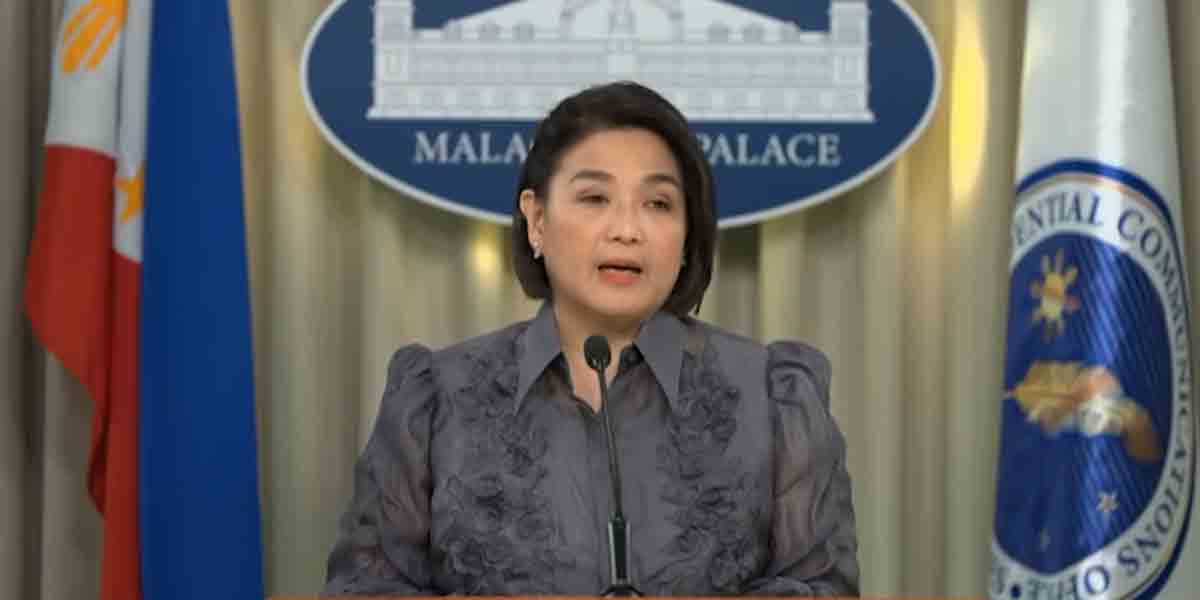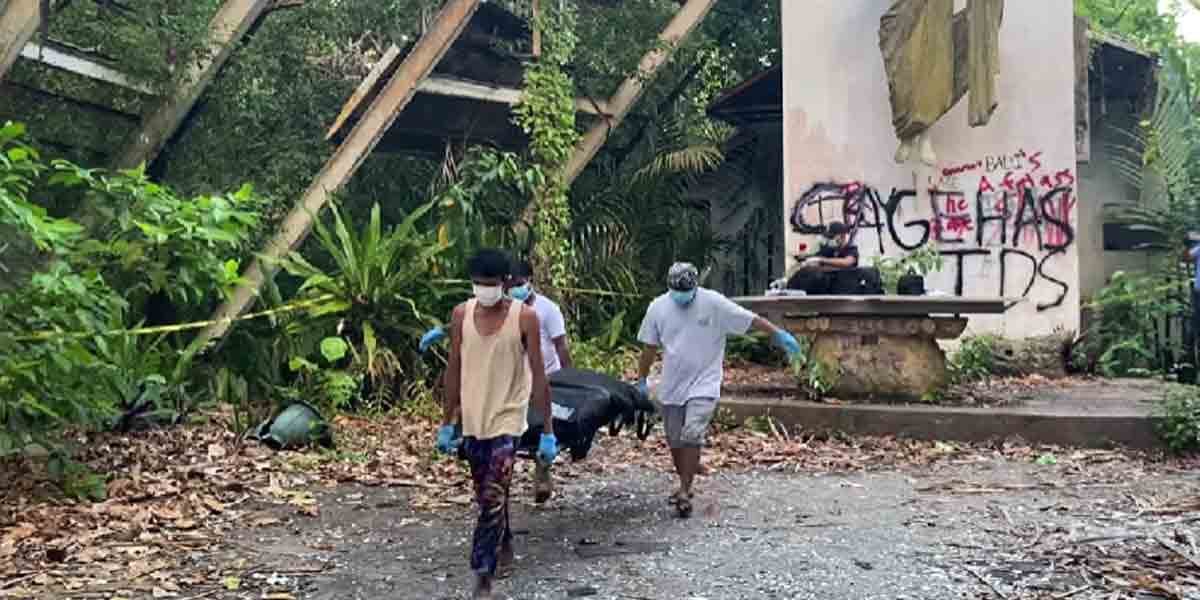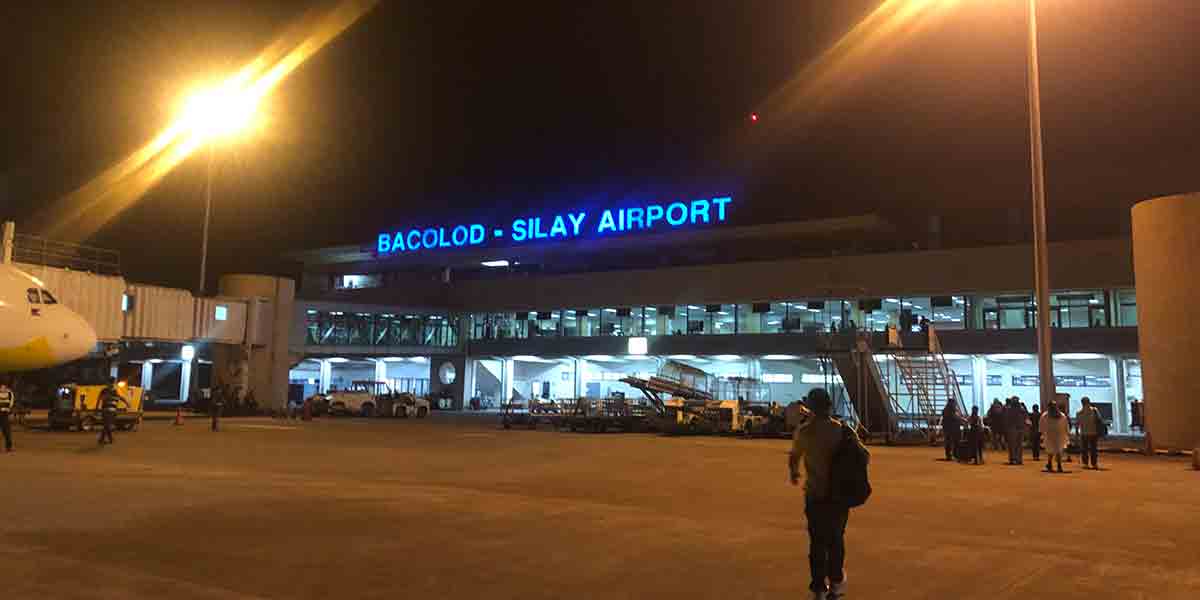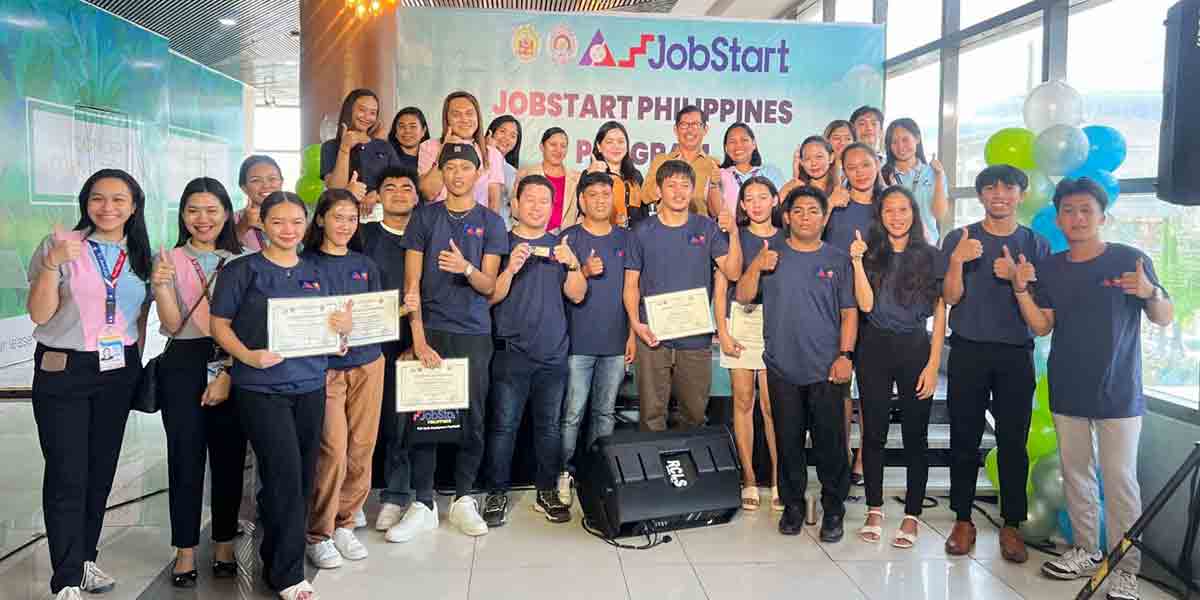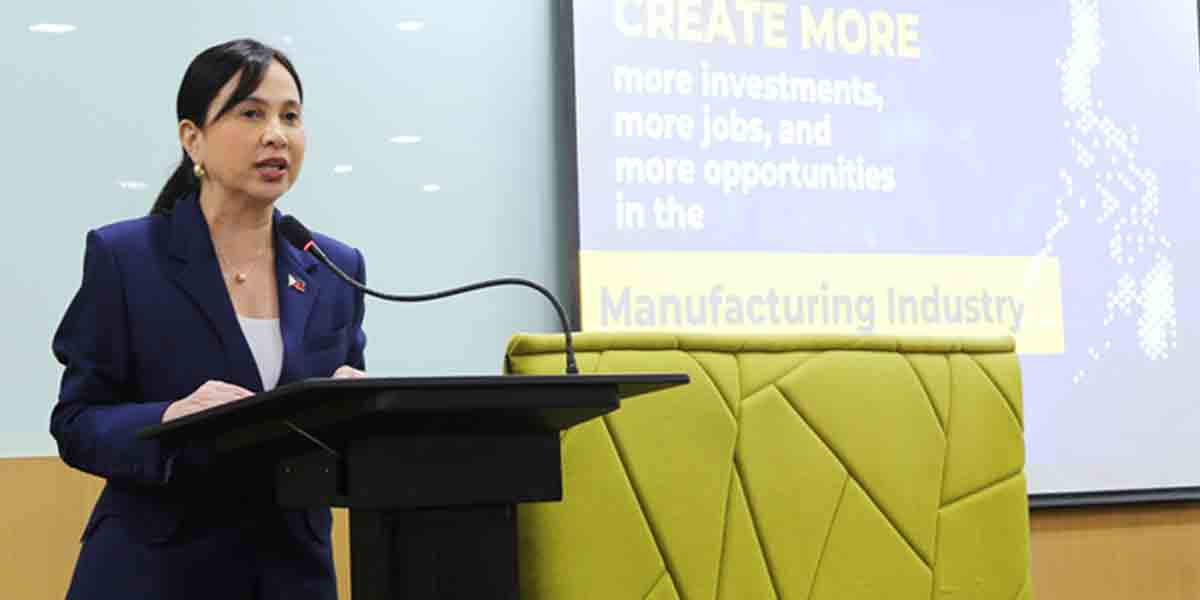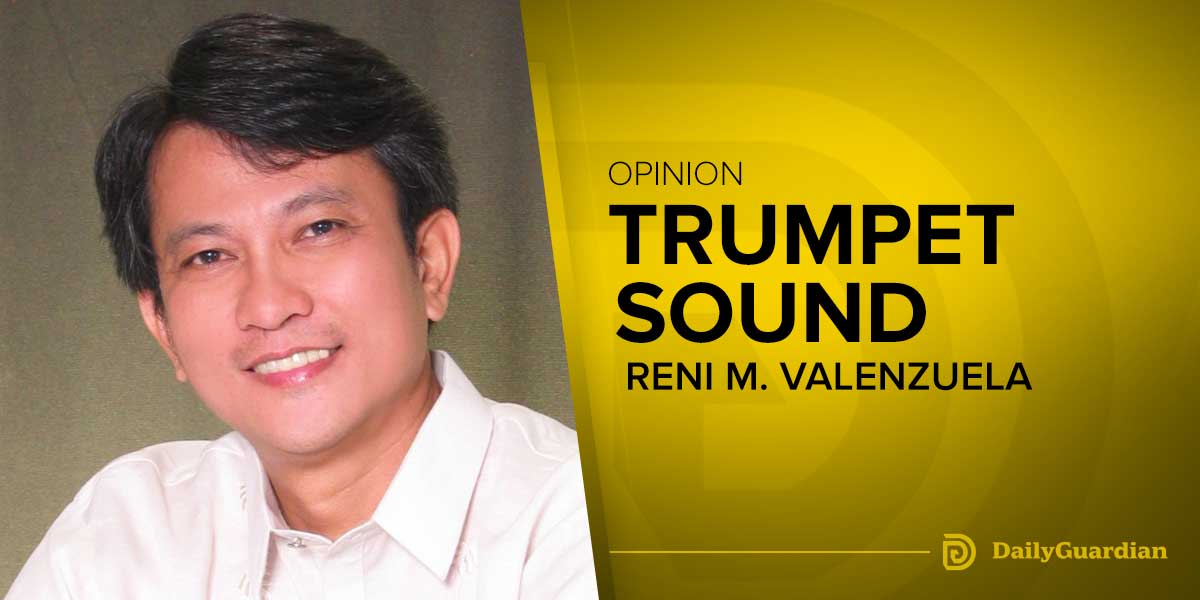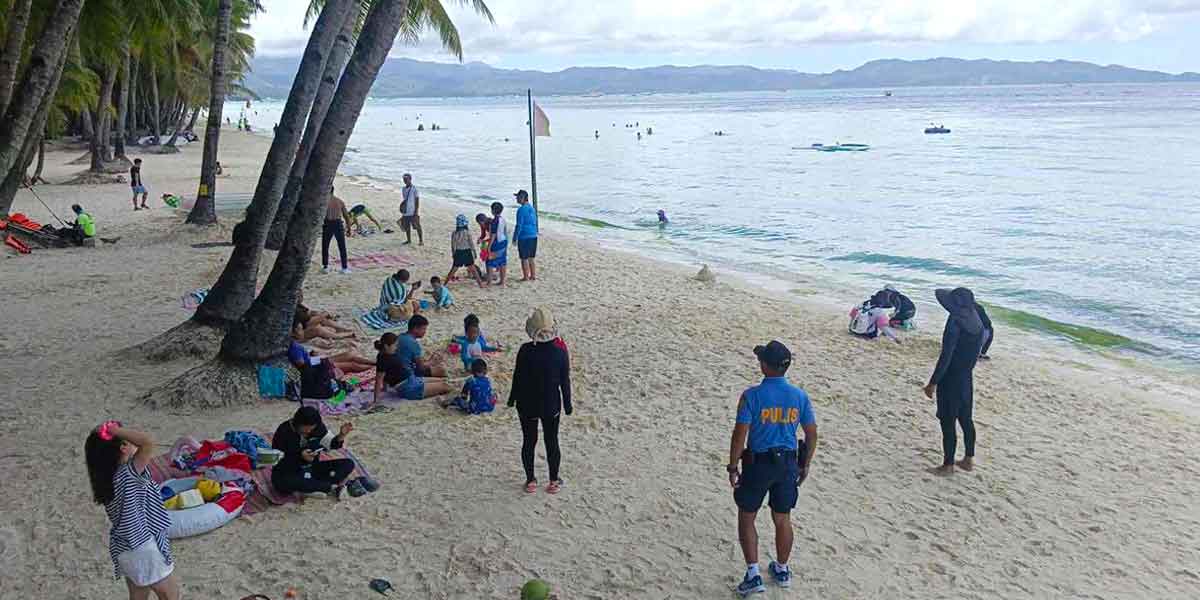By Ted Aldwin Ong
The newly released book, Iloilo City Rises, chronicles the city’s development as the regional center of commerce and education and features its economic and political evolution. It is an important document of Iloilo City’s significant events, urban transformations, and socio-political and economic dynamics, making it a valuable resource material for future generations.
Undoubtedly, and perhaps my fellow writers and members of the editorial team could attest, publishing the book wasn’t a simple walk in the park. It took the team more than a year of work because of the surgical review of articles and photos—literally thousands of images—and the countless editing and editorial reexaminations. Releasing the book was like freeing yourself of a nail on your spine. And it did.
The chapter, Ahead of the Curve, is enlivened by the direct testimonies of the characters in the story. Imperceptible, however, is the structure that is grounded in the analytical insight of the writer, who is not a fence-sitter but rather an active development actor for a large part of the recent past. It narrates the city’s economic character and the road taken by leaders and stakeholders that produced Iloilo City’s current prosperity. It alludes to answers to questions about what the conditions and circumstances were that propelled Iloilo City into what it is today.
First, the title, Ahead of the Curve, conveys the principal point. Iloilo’s advancement was stirred through the brilliant timing and decision-making of its leaders, who seized the ‘critical junctures’ or ‘historical trajectories’ (Why Nations Fail, Acemoglu and Robinson, 2012)—a political moment grabbed by the likes of former Senator Franklin Drilon and Mayor Jerry Treñas, to create an ‘institutional drift’ in order to advance the development agenda of the Ilonggos and gain economic progress.
What were these political moments? The nine-year term of Gloria Macapagal Arroyo (2001–2010), the stability during the administration of Benigno Aquino III (2010–2016), the political and economic crisis instigated by the Duterte regime (2016–2022), the all-time low caused by COVID-19, and the post-pandemic impacts like inflation, among others. In addition, institutional drift was also made possible by the decisive moment offered by the 2019 elections, which brought back Jerry Treñas as the leader. It predicated the handling of the pandemic crisis, which required a chief executive who understood the inner workings of the bureaucracy, and the politics that eventually exemplified the macro- to micro-politics of the times.
In retrospect, one can only imagine Iloilo City if another candidate became the chief executive, the one whose governance routine is to sit down at Madge Café in the morning, enjoy a cup of coffee at a bank manager’s office in the afternoon, and take pleasure with friends at night over alcoholic beverages. Exactly what happened to Joseph Estrada? The anti-Drilon and anti-Treñas camps will certainly disagree on the order of things and priorities, but that is for history to determine and for alternative leaders to rise above the competence and ability of the current dispensation. Indubitably, periods of disruptive changes that tilt political and economic balance require hands-on leaders. This is the reason why Gloria Arroyo survived numerous destabilization plots. Damn, the woman doesn’t sleep during crisis situations.
There is no space for laissez-faire government managers in times of critical junctures because these are not historically pre-determined events. Duterte is a good example, and his rise to power is a good lesson on the need to sharpen our ability to comprehend the signs and symptoms of critical junctures. Only competent, skillful, and capable political leaders are instinctively aware of historical turning points, and they cannot be blamed if they use them to their advantage or to solidify their political bases through their gains. Who wouldn’t?
Second, Iloilo has attained a degree of political and economic consolidation, which has resulted in a level of centrality. Infrastructure development, economic diversification and growth, good governance, and collaborative leadership—all of these elements discussed in the book—were all possible because Iloilo has achieved a degree of political centralization.
Political centralization offered a legroom for local leaders to rally stakeholders behind a vision and push for a collaborative model for economic development, i.e., public-private partnerships—a model imbued with infirmities; however, it generated some amount of growth that advanced Iloilo City to its current position.
Third, Iloilo City’s development does not all rest in the hands of the few. The economy is growing because it is mediated by the bourgeoning middle class. Their power was shaped by hard work and realized out of the belief that education would liberate their families from poverty. They are a sizable segment of society that now forms the new majority and who flaunts the enjoyment of the fruits of their labor, no matter if it appears like an overcompensation of the deprivations experienced by previous generations.
The middle class demonstrates Iloilo’s economic transformation, and their power acts like a balancing force between the rich and the poor. On one hand, they are watchful of the predisposition of the upper class to over-dominate political and economic life, while on the other, they are vigilant of the tendencies of the lower class to destabilize the status quo, functioning like a weighing scale that maintains Iloilo’s political and economic equilibrium.
Peculiar as it may seem, Iloilo’s economic development is really an outcome of the delicate balance and blending of interests of the various classes of society. As such, it is quick to collectivize during times of external threats and crises, especially when its gains are threatened. These facets are dynamic, though, and local leaders are aware that critical junctures appear, disappear, and reappear over time.
As Iloilo City Mayor Jerry Treñas has said in his end words, “it makes the best sense to keep looking forward. As we grow more secure in the greater knowledge of ourselves in the context of our ecosystem – what we Ilonggos are capable of giving and taking, and our amazing ability to absorb, recover from, and prepare for future shocks, whether they be economic, environmental, social, and institutional—we know that, indeed, the best is yet to come.”


